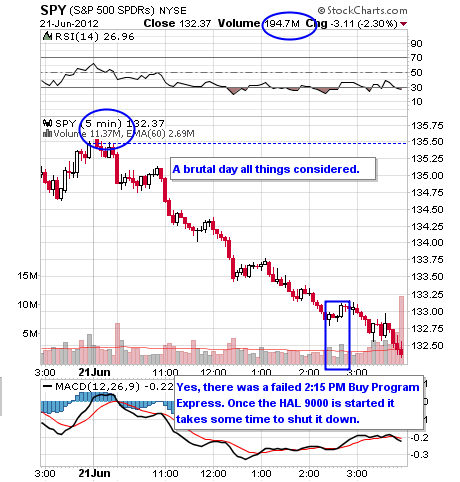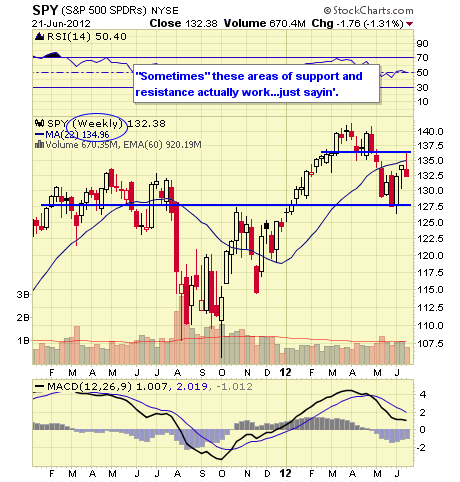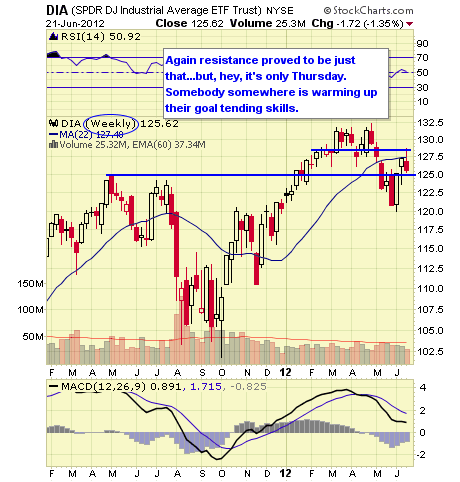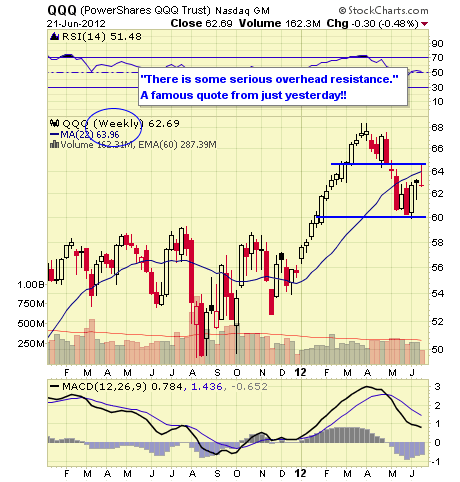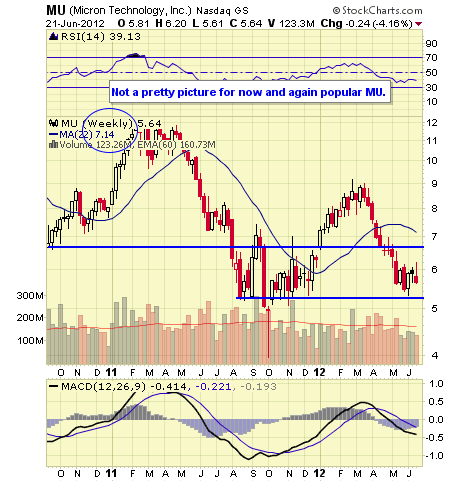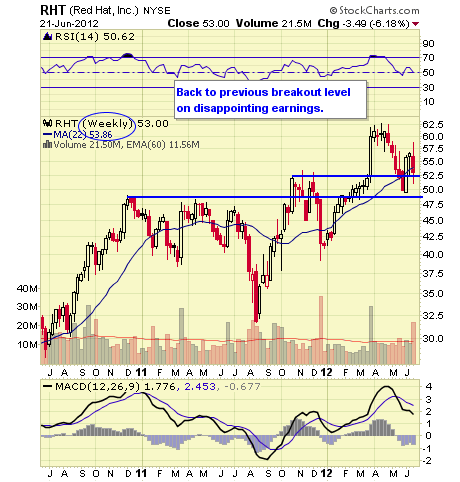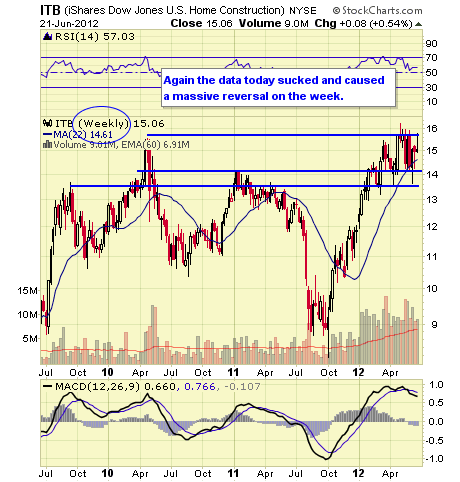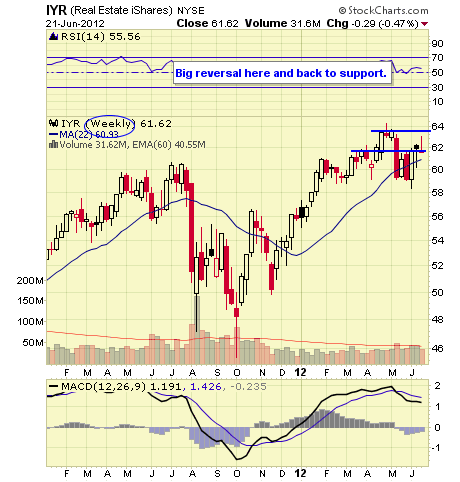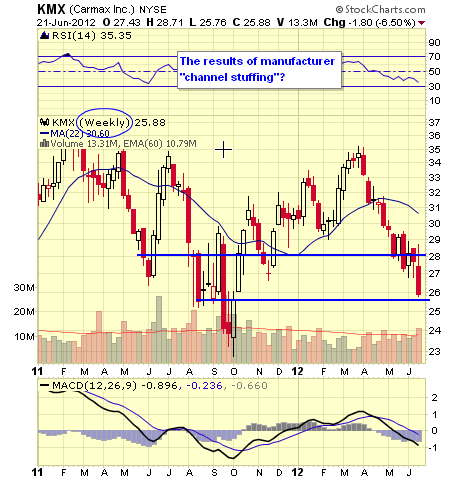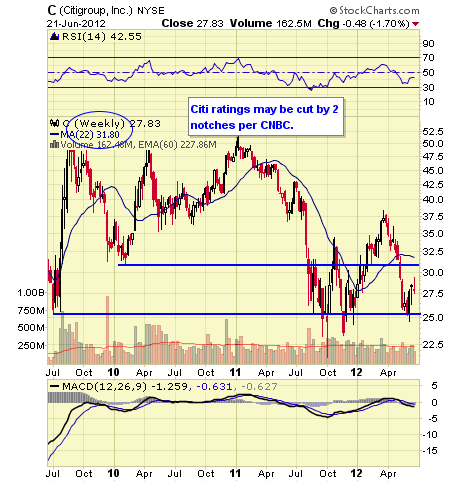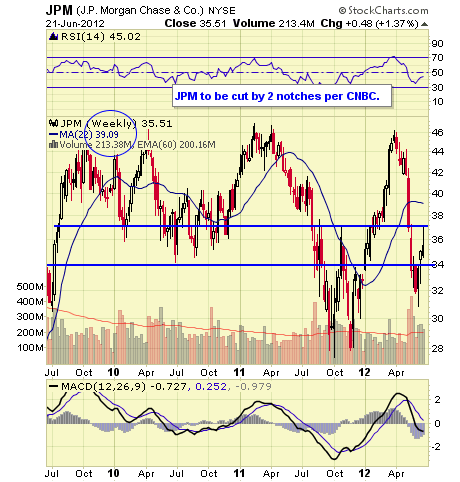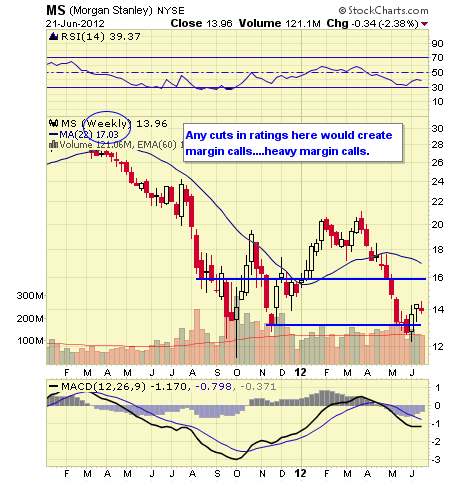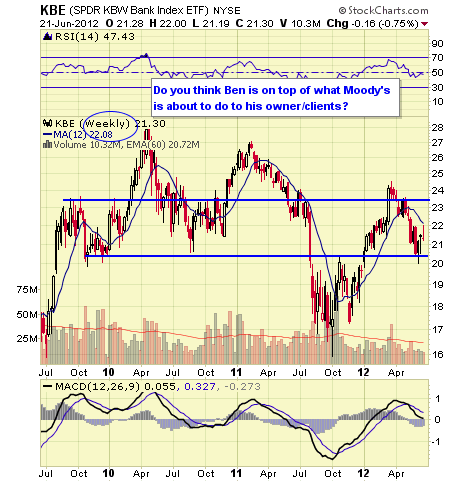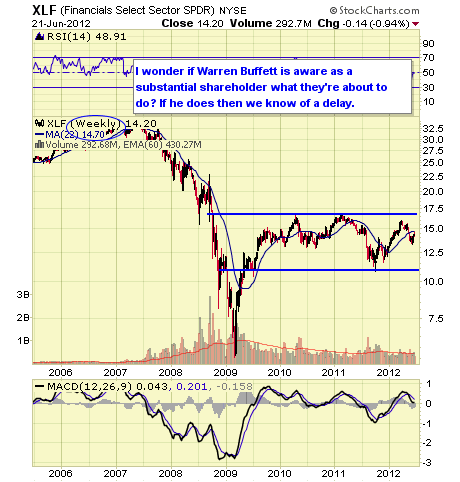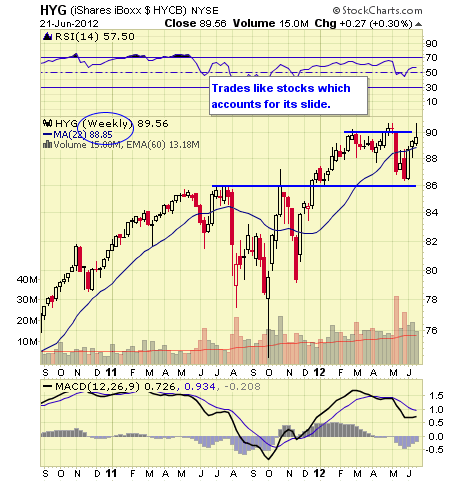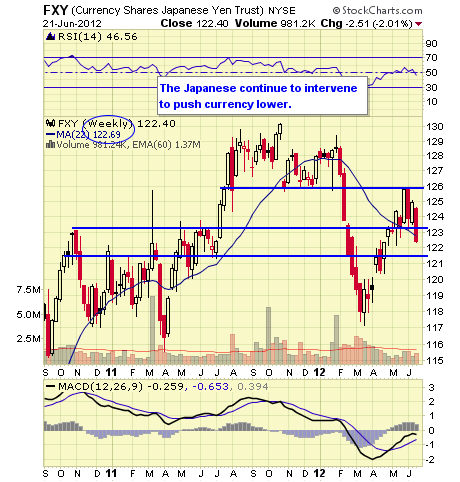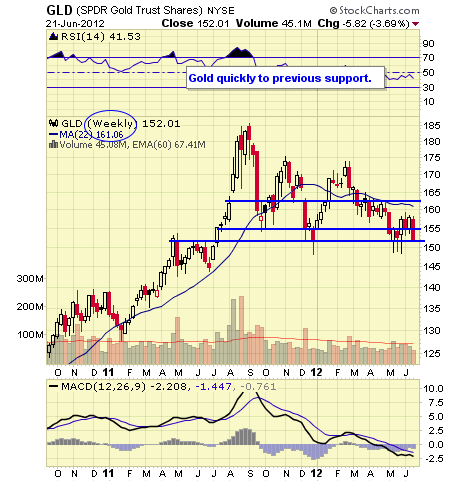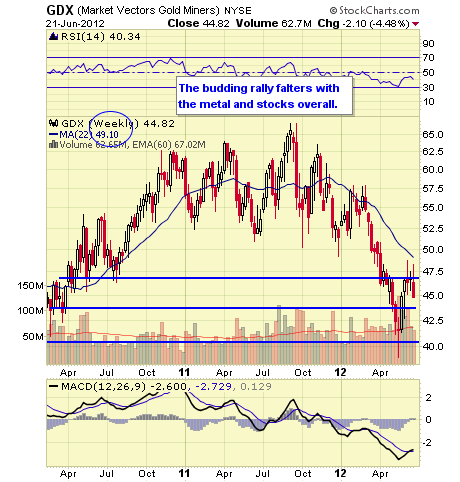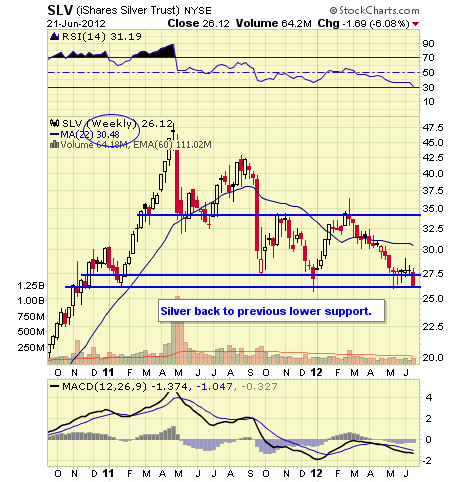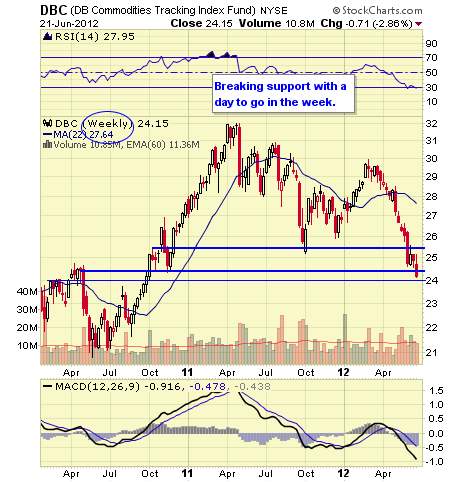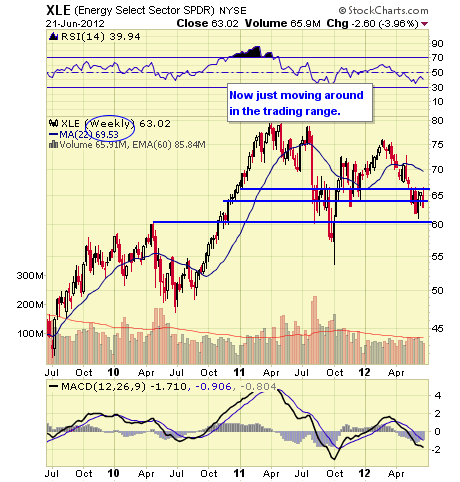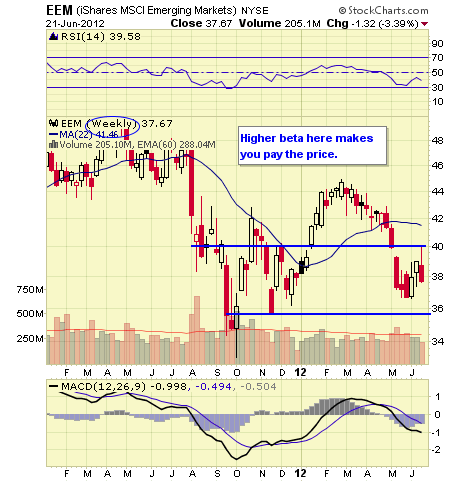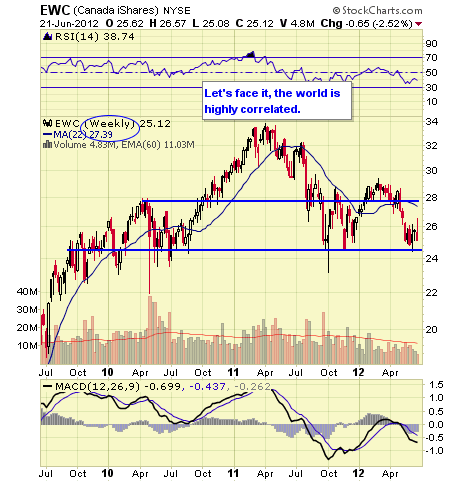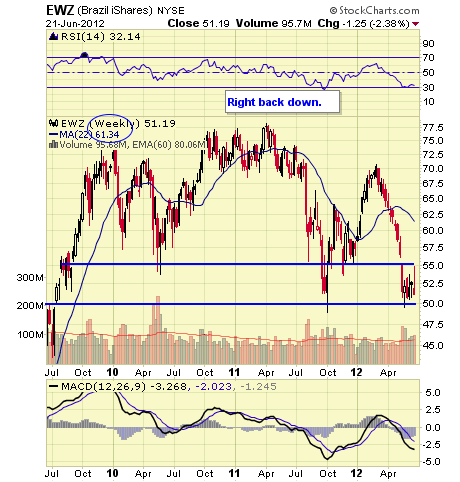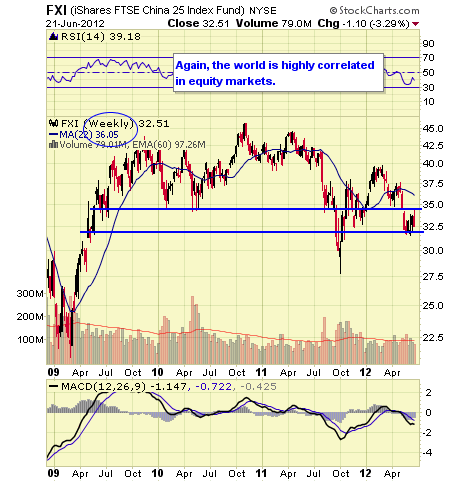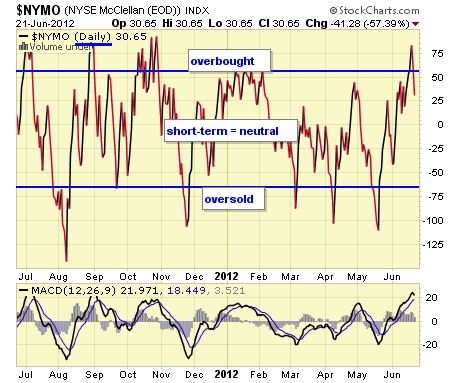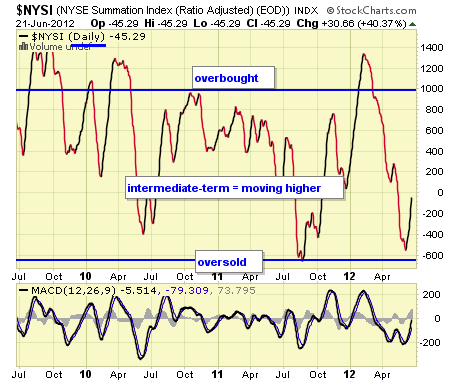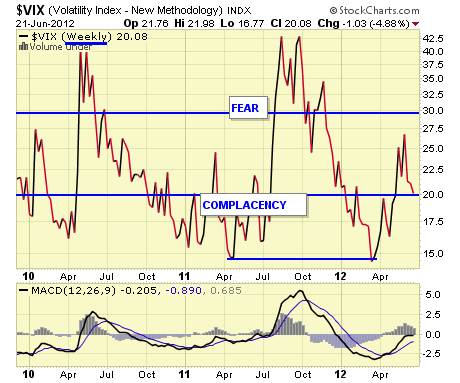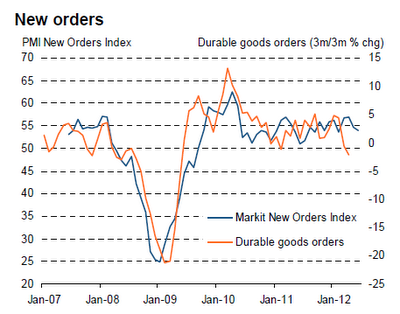Ed Note: Michael Campbell thinks Canada’s Oil Reserves are the Key to Federal Pension / Economic Solvency.
The Benefits of a Bountiful Oil Supply by Joel Bowman
6/20/12 Stavanger, Norway – Mercedes…Mercedes…Volvo…Mercedes…BMW…Mercedes…Volvo…
We were waiting for a taxi outside Oslo’s central train station on the weekend. Not since our dusty stint in Dubai had we seen so many luxury vehicles in a row, all with a meter and a foreign driver, waiting to shuttle the locals around town.
Norway is an expensive place to be. Unless you have the good fortune (literally) of being Norwegian. Tiny, one-bedroom houses on the outskirts of town start at roughly half a million dollars. A round of drinks for four at a pub will eat up most of a $100 note. And oysters down by Oslo’s main pier (admittedly some of the best “Rolls Roysters” we’ve ever tasted) sell for $7 per…um…slurp.
Sitting in the back of the taxi, looking out the window at all the sleek stores and grand old hotels along the famous Karl Johans Gate, we began wondering how a cab driver could afford to live in such a place. Then we arrived at our hotel…barely a five minute drive from the station.
“That’ll be 150 kroner,” said the driver, in perfect English. Our European readers will recognize that amount as about €20. Americans may call it $25. Ah…so that’s how. When it came time to depart the capital, we paid ourself $25 to walk back to the station. Easy money.
Of course, it wasn’t always this way. A little more than half a century has passed since Phillips Petroleum Company (since merged with ConocoPhillips) discovered the Ekofisk oil field in the North Sea. Production began in 1971 and was followed by a slew of other fruitful discoveries, both of oil and natural gas. Since that first well was sunk, Norway’s GDP, adjusted for inflation, has more than quadrupled. Happily for this northern nation, Norway also derives 99% of its domestic energy consumption from hydropower. Nice source…if, again, your geography allows for it.
As of March this year, the total value of Norway’s Sovereign Wealth Fund (SWF) was NOK 3,496 billion ($613 bn) — the world’s largest. Officially The Government Pension Fund of Norway, the fund derives its wealth not from pension contributions, but primarily from oil revenues, including taxes, dividends, sales revenues and licensing fees. Norwegians refer to it simply as Oljefondet, or “The Oil Fund.”
This vast wealth has allowed the Norwegians to indulge in that most costly of economic experiments: Socialism. Proponents of this sadly persistent model of welfare statism like to point to the “Nordic Model” as proof that their tax-and-spend philosophies work. As usual, they confuse cause and effect. Norway’s riches are the result of oil, not socialism. Wealth comes from revenue, savings and capital formation, in other words…not from spending, public works and redistribution. Norway’s oil riches make the case for socialism as well as Abu Dhabi’s riches make the case for oppressive medieval sheikdoms — i.e., poorly to not at all.
Fortunately for Norway — and conveniently for reality-averse advocates of the welfare state — the North Sea’s hydrocarbon bounty is not about to run out overnight. Although production from the North Sea’s largest field, Statfjord, has been in steep decline since the mid ’90s, revenue continues to pour in from smaller, surrounding deposits. Conservative estimates predict the fund may reach $800-900 billion by 2017 — roughly $200,000 for every ridiculously attractive member of the population.
As regular reckoners know, however, the state is always and everywhere working to misdirect capital, to distort markets and to indulge folly. This is true no matter how joyous its people, how scrumptious its seafood, how picturesque its fjords.
Joel Bowman
for The Daily Reckoning
Joel Bowman
Joel Bowman is managing editor of The Daily Reckoning. After completing his degree in media communications and journalism in his home country of Australia, Joel moved to Baltimore to join the Agora Financial team. His keen interest in travel and macroeconomics first took him to New York where he regularly reported from Wall Street, and he now writes from and lives all over the world.
Special Report: Wait until you see what could happen in America next… An unbelievable phenomenon is set to sweep the nation… The railroad, steel, and technology age – this phenomenon triggered them all. And now it’s taking shape again! Watch this special, time-sensitive presentation now for full details on how it could affect your job… your lifestyle… and your wallet. Here’s How…
View articles by Joel Bowman
Read more: The Benefits of a Bountiful Oil Supply http://dailyreckoning.com/the-benefits-of-a-bountiful-oil-supply/#ixzz1yPxLUjhQ



